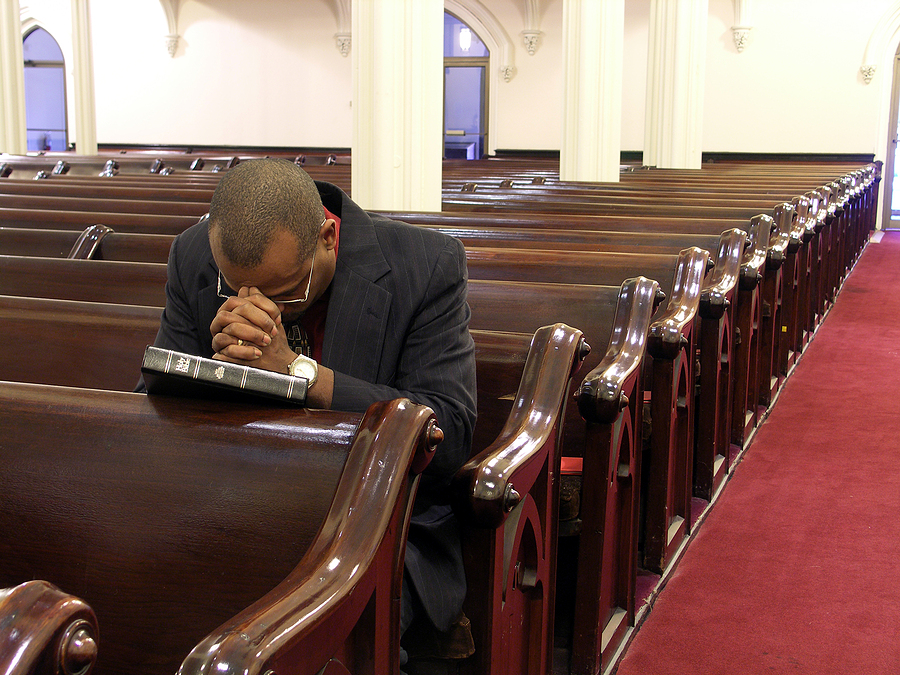
Solving the Dilemma of Clergy Burnout – Intentional Interim Ministry
What causes clergy to burn out? The answers are complex. There are a number of factors to be teased apart. Last week, we looked at the impact of a fixed mindset – both in individuals and in the system. This week we’ll look at another factor that contributes to clergy burnout – the pace of leadership change within congregations. In this second blog of the “Solving the Dilemma of Clergy Burnout” series, we will explore the ways that Intentional Interim Ministry offer a practical solution to clergy burnout during leadership change.
To begin, let’s look at two distinct ways that the pace of leadership change can impact both clergy and the congregations that they serve.
Prolonged Leadership Change
In many denominations, there’s an extended lag time between clergy leaders. Denominational processes take a long time to replace one clergy person with the next. For instance, congregational churches, such as the American Baptist Churches USA and The Presbyterian Church (USA), call their own pastor. The call process can be long and arduous.
In the meantime, these congregations may put new plans for growth on pause for years at a time. This slow pace of change creates a system that values process over results, and caution over curiosity.
The impact of a prolonged process of leadership change is that momentum is lost, and stagnation can become the norm. When the new clergy leader shows up, the task of re-invigorating a stagnant congregation can be overwhelming.
Rapid Leadership Change
On the other hand, in itinerant, appointive systems such as the United Methodist Church, congregations go through rapid, often frequent, change in clergy. In these congregations, there is little time to reflect or breathe between pastors. The pastor may leave one church at the end of June and begin preaching at the next church the very first week of July.
As you can imagine, there is often no time set aside for either pastor or congregation to let go of the past, to heal from any wounds, to re-orient toward the new, or to get ready for what is next.
This rapid pace of change is a recipe for frustration and failure for both congregation and clergy. This is especially true if the previous pastor was long term, or beloved, or both. In this case, “the new person” will likely have a hard time gaining traction.
Intentional Interim Ministry
These days, I’m a big proponent of Intentional Interim Ministry. Recently, I worked with two organizations, Transitional Intentional Interim Ministry Specialists Association (TIIMSA) and the Interim Ministry Network (IMN), to think creatively about ministry in these times. Both organizations exist to train Intentional Interim Ministers to step in and ensure that the transition phase of a congregation is positive.
Whether your congregation is used to drawn-out or rapid leadership change, Intentional Interim Ministry can help alleviate clergy burnout. Let’s take a closer look at what Intentional Interim Ministry provides.
Intentional
Intentional means a pastor who is trained specifically to help a congregation transition from what was to what can be. This experienced pastor guides a realistic process of change based on the needs of the congregation. An Intentional Interim Minister directs a congregation towards looking inward to discover their mission and find renewal.
Interim
Interim is the period of time between clergy leaders. It can last between 6 months and 2 years. During this time, an Intentional Interim Minister will set the church up for healing and reflection on what worked, or what didn’t work with the previous clergy. The Intentional Interim Minister empowers the congregation to receive and work well with a new pastor. Not only are Intentional Interim Ministers trained to provide leadership to congregations between clergy leaders, they also lead through closure and redevelopment. They may also serve as consultants to congregations in conflict.
Ministry
The training and the work of the Intentional Interim Minister is five-fold. Generally, they help the church come to terms with its history and to discover a new identity. They guide needed changes in leadership. They also renew denominational ties among members. Finally, the Intentional Interim Minister helps the church commit to new directions in ministry. With this level of emotional and spiritual stability, the congregation is now poised to move with a new pastor toward a new, big vision.
From Burnout to Renewal
Post-pandemic and post-disaffiliation, every church needs transitional leadership! I’m grateful that I was able to work with TIIMSA and IMN last year, and I’m happy to give a shout out to these organizations during times of distress and decline. Together with Creating a Culture of Renewal®, we are moving towards a renewed life for the church.
While you may not have benefited from Intentional Interim Ministry, perhaps you are experiencing a Readiness for Renewal. We’ve created a short-term, high impact offering just for you. If you’d rather start with a conversation, reach out and let’s talk about navigating the pace of change of your congregation while helping to banish burnout!
Copyright © 2024 rebekahsimonpeter.com. All Rights Reserved.





